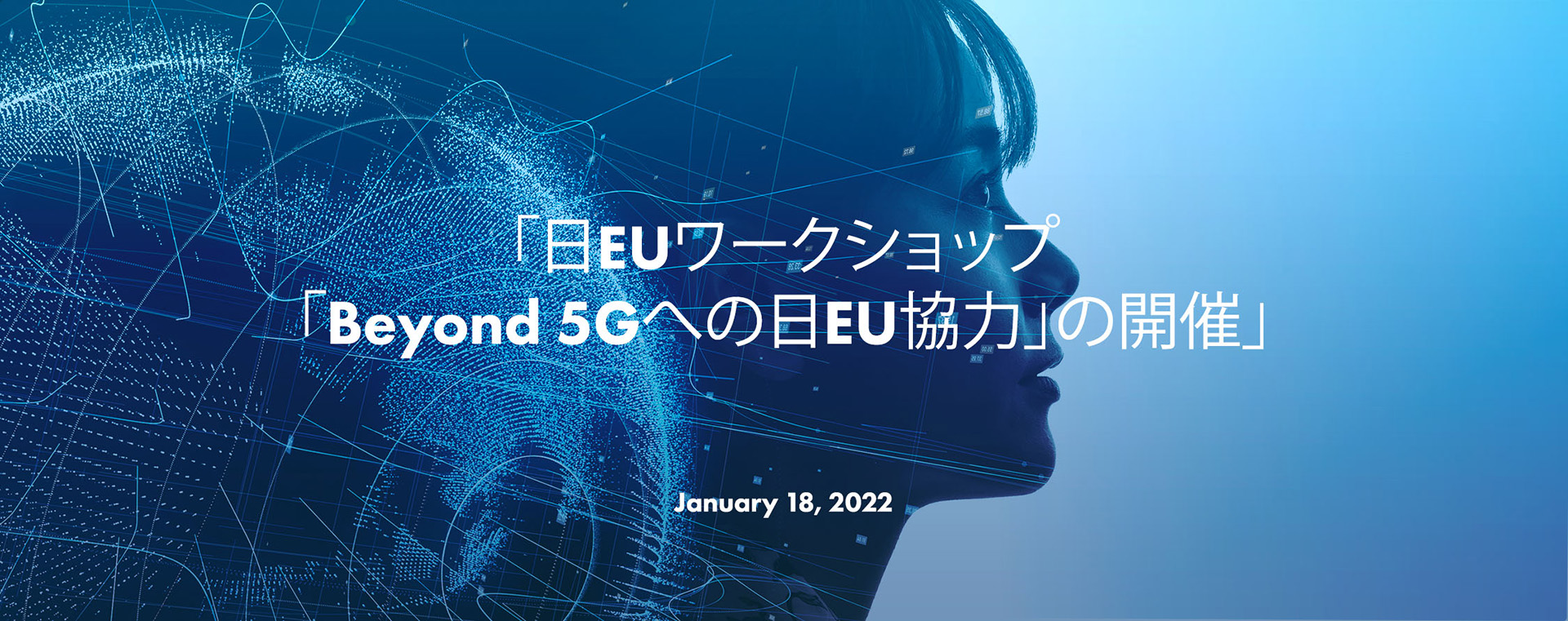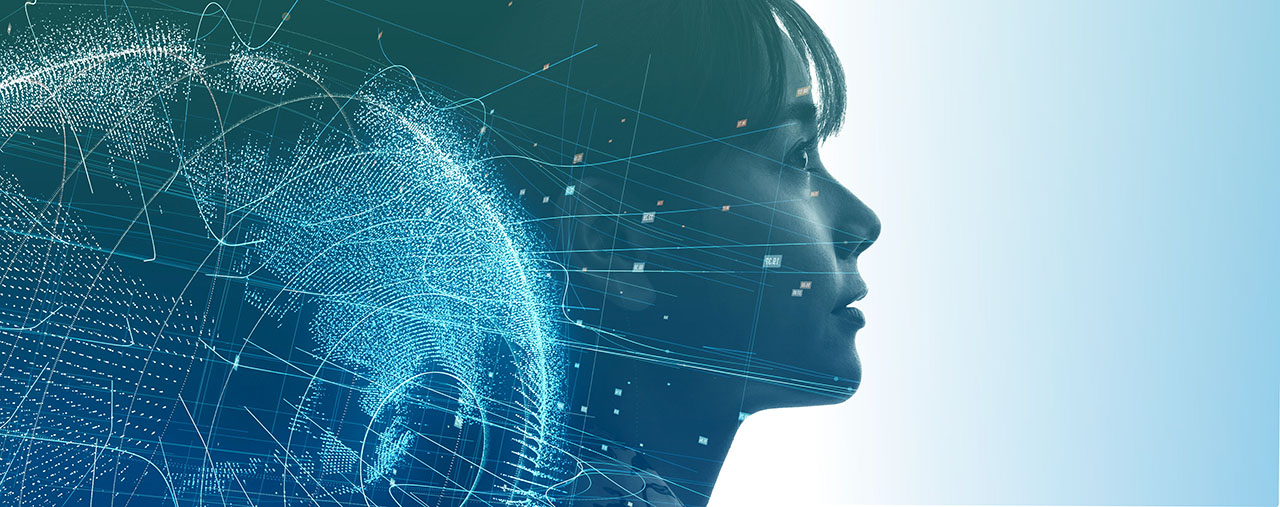The "fifth generation" of telecommunication systems, or 5G, is bound to be a critical enabler of our digital economy and society in the coming years. It is also a both a competitive and collaborative field where Europe has taken significant steps to lead global developments towards this strategic technology, working with its partners across the world.
5G will provide a significant leap in performance (from higher data rates and lower latency to better energy efficiency and enhanced user experience). These aspects will enable:
- Higher data traffic, growing at a fast pace due to video streaming, for example
- Support of an increase of connections, with users now owning multiple devices
- Connectivity for billions of additional devices being part of the Internet of Things
- Better carbon footprint, thanks to increased energy efficiency
- Lower operational costs, avoiding impact on user subscription prices
- New use-cases thanks to high-reliability and ultra-low latency, critical for health and manufacturing
The following diagram provides a comparison of the key aspects between 4G and 5G:
InDiCo will work with the relevant players partner countries in order to strengthen the cooperation as part of the Third Generation Partnership Project (3GPP) and to explore harmonisation of the policy and regulatory aspects linked to the advent of 5G, as well as to foster collaboration on technical topics not yet covered by 3GPP or not fully in its scope. The topics of Security, Architecture and Spectrum are therefore high on the agenda, with the goal of working towards a single, global 5G technology, with maximum interoperability and minimum fragmentation.







